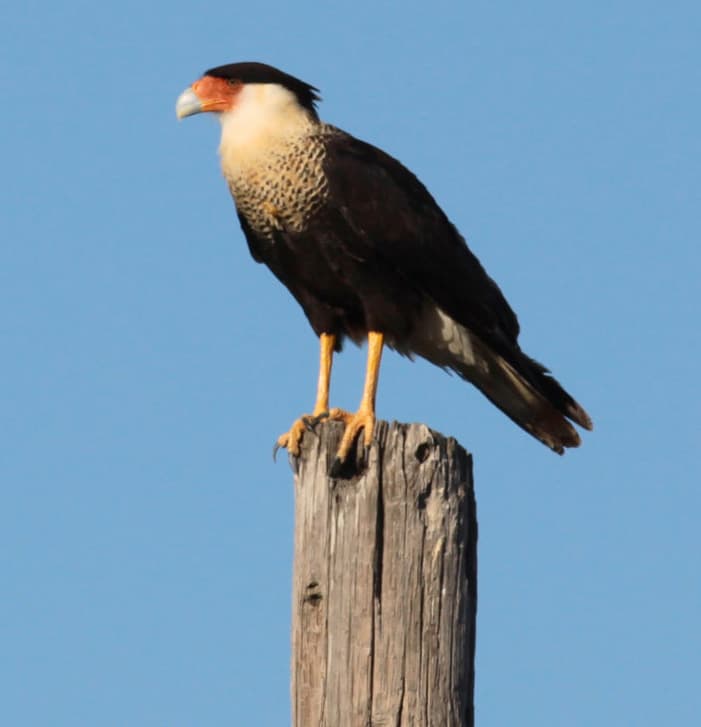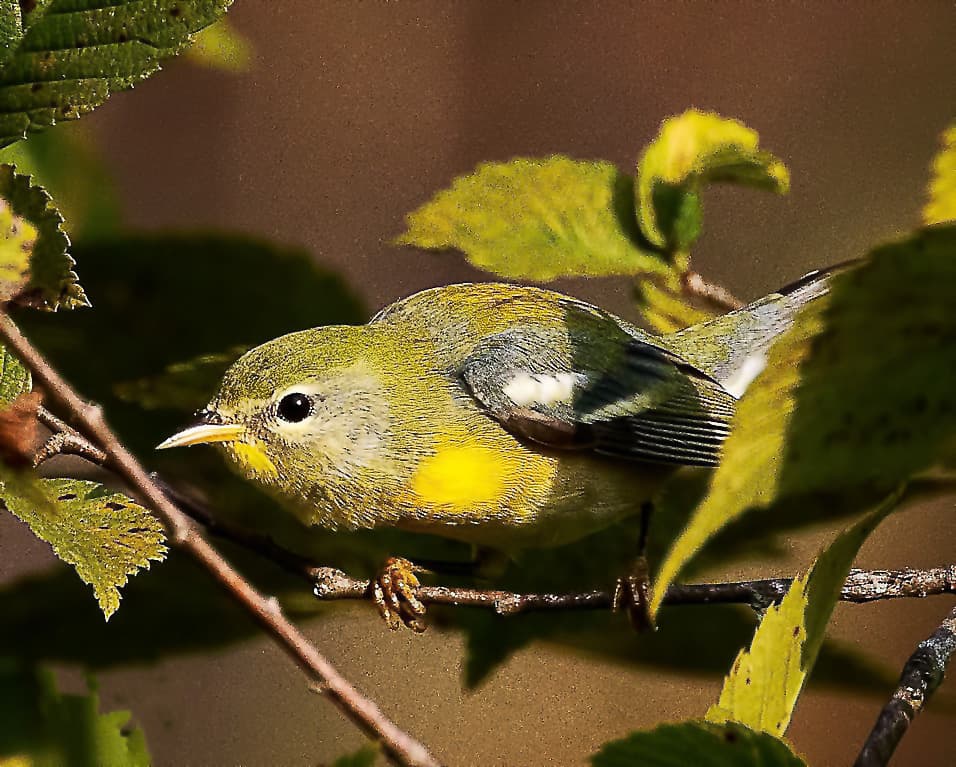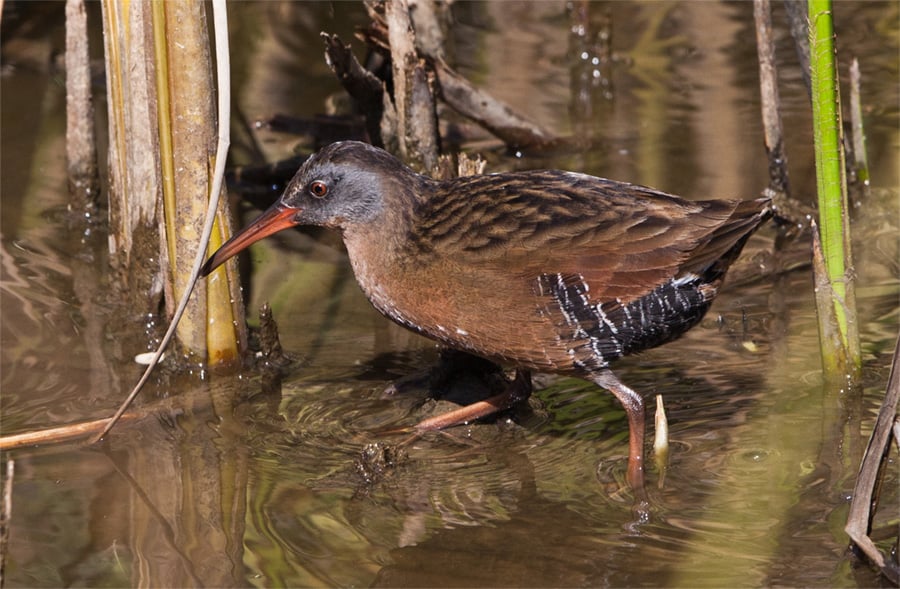A quiet preserve of rare plants and animals.
Have a look at a map of the peninsula of Florida, and you’ll see hundreds of puddles of blue down the center of the state. These are freshwater features that have existed since ancient times, when the area was a series of islands. And, where there’s water (blue, clear, or tannin-color), there’s life. Next to one of these puddles is Lake June-in-Winter Scrub State Park, where you’ll find rare plants and animals living in the highest concentration on the continent.

This state park, with its most unusual name, is 845 acres of remote wilderness, Florida style. It quietly boasts more than 200 avian species throughout the seasons. On the eastern boundary, enjoy year-round shoreline species and waterfowl on the 3,500-acre, spring fed, Lake June-in-Winter.
BIRD TRAILS
There are four miles of hiking trails, and lightweight canoe or kayak access (hand-launched from shore) onto the lake for wildlife viewing.
Lake June-in-Winter Scrub State Park is on the Great Florida Birding and Wildlife Trail, East section.
For an extended experience of the quiet sanctuaries of central Florida, Highlands Hammock State Park is just a few minutes north. Known for its trails, this park offers catwalks, boardwalks, and paths through canopy and thousand-year-old oaks.
BIRD LIST

- Florida scrub-jay (the state’s only endemic bird – endangered)
- Osprey
- Bald eagle
- Short-tailed hawk
- Red-shouldered hawk
- Barred owl
- Wood duck
- Great egret
- King rail
- Red-headed, red-bellied, and pileated woodpeckers
- Swallow-tailed kite
- Crested caracara
- Northern parula, prothonotary, and other warblers (winter)
The Florida Ornithological Society offers an Official Florida State Bird List for free online.
ECO-NOTE

Lake June-in-Winter Scrub State Park in central interior Florida is part of the Lake Wales Ridge IBA. This IBA comprises numerous public lands totaling thousands of acres on ancient geological ridges. Nearby Archbold Biological Station (established in 1941) supports one of the world’s longest continuous bird studies, noting 212 native species for the area. Development in the scrub ecosystems remains an environmental threat, along with exotic plants and feral hogs. Fire is often used to maintain habitat integrity.
MUST-SEE
Rare plants and animals: It’s all about the ecosystems in this state park. Watch for white-tailed deer, raccoon, bobcat, Florida sand skink (rare), gopher tortoise (rare), alligator, Florida scrub lizard (rare), Florida mouse (rare), Eastern indigo snake (rare), and black bear. For details of 36 focal species of flora and fauna (with terrific stats on habitats, endemism, conservation status, and more), read “State of the Scrub,” by ABS. See page 11 for lists of lichen, plants, insects, reptiles, birds, and mammals.
WHERE TO STAY

In the park you’ll find a sheltered picnic table area and composting toilets, but no water or other facilities. Commercial hospitality and privately owned bed and breakfast inns are located ten minutes away in Lake Placid, Florida. For full camping facilities, stay at Highlands Hammock State Park a few minutes to the north.




